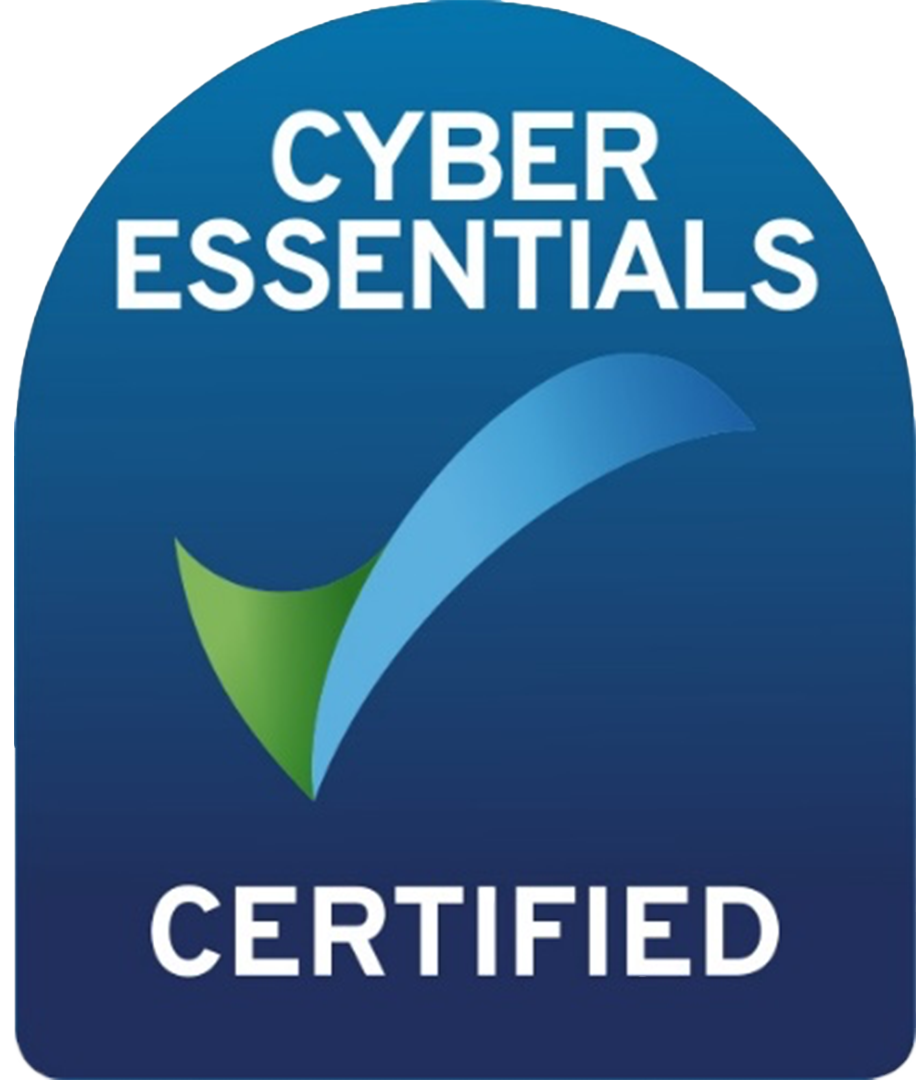Into Debbie's Eye - How to Survive a Cyclone
Fabio Caragliano • April 3, 2017
It’s 7am in the morning, 28th March 2017. I sit on my bed, totally in the dark, counting every second as if it’s the last one. The air is humid like I’ve never experienced before, almost unbreatheable. I check my phone, hoping to get any signal.. but nothing. I sit and wait, trying to think something of positive, but still nothing. All I can hear is a strong wind that won’t stop beating on the windows. I’m silent, my eyes are lost, my mind is steadily racing, my heart pumping faster than ever and thinking about having breakfast would just make me feel even worse. Now, all I can think about is.. what if..? What should I do now? A sequel of life’s frames rolling through my mind.
25th March , I flew from Sydney to Airlie Beach with a friend, excited to visit the heart of the Great Barrier Reef. I planned a tour with a charter flight over the ocean and continue then with a cruise and snorkelling. Beautiful videos that I saw pictured this trip as something amazing. As soon as I landed it was sprinkling, I put on my rain coat and after a while I had to take it off as the sun came out again. I decided then to stay in the city and enjoy what I could, even if the weather didn’t allow me to do what I wanted. A little bit later, I walked up the hill to get to the house I booked through Airbnb. From their terrace, I could enjoy a great view, we were surrounded by palms and rainforest.
The next day , I read the news, and I realised something that I thought would exist just in the movies. Cyclone Debbie, a Category 5 cyclone was building. I realised I had to find a way to escape…..Flight from Proserpine to Sydney for today? Nothing.. what about Brisbane? Nothing!! After a few hours I received an email where my flight back to Sydney scheduled for Monday was cancelled. The first thing I did was to call my Manager; alerting him to the situation. A simple text or email wouldn’t have been enough to express my feeling in that moment. I spent the rest of my day checking all over the news and social media of how the cyclone was building and which direction it was taking. Every 2 hours I could notice that it was not going where it was meant to go, further North, but instead it was bearing down on Airlie Beach. All over the news, all we were told was to evacuate the area.
Thankfully, the warning notices said that my house was in a ‘white spot’ and that it was not necessary to evacuate as the water from the ocean wouldn’t flood into the streets up where I was. I spoke to the neighbours to understand what to do if was to indeed occur. They kindly took me to the closest supermarket to buy enough food for the days following as I would then spend the rest of the time close to home. Tuna, tomatoes, water, nuts.. food which would not require cooking or cooling. I then had a call with one of my colleagues and asked her to do some of my tasks which I wasn’t able to complete from Airlie Beach. My very kind neighbours invited me over for some pasta and wine. It was the best moment of my stay here. We could laugh for a moment and forget about tomorrow, but still, I couldn’t get ‘Debbie’ out of my mind.
The next day , I packed my bag and hid it somewhere in case the worst happened. All the chairs and the table that were on the balcony were piled up in the dining room. Would the window be strong enough to resist the 200km/h winds?! At 11.00am the cyclone hit. The wind created such a noise it reminded me of a jet engine. I walked across the kitchen and I thought the wind lashing against the windows could blow them in at any moment. I decided to stay in my room and rest, hoping the time would fly faster. The wind was keeping me awake and I expected to hear some damage or broken glass very soon. After about 2 hours, there was silence…it was quite eery and this was actually the eye of the cyclone! I went next door to ask my neighbours and they told me that we were right in the eye. We could even see some blue sky. I couldn’t believe it, I was right there in the middle. I thought to myself, what the hell am I doing here?? Why couldn’t I just stay in Sydney and work?
Why didn’t I watch the news more closely through the week? Why was the airline still flying in to Proserpine the day before? For five hours I was in my room and it was still dark.. and Debbie is more devastating than it was before we were in the eye. She is ‘walking away’ at a pace of 10km/h - she was a very slow moving cyclone, meaning more damage and devastation. I wished this all could finish as soon as possible, and it seemed like the never ending waiting was testing everybody’s nerves. I’m not able to communicate with anybody, including my parents, who are in Italy, anxiously waiting to hear from me.
29th March – I can’t believe I’m still here! I don’t have any internet connection to check what’s happening, and it’s been 35 hours of nonstop strong wind and rain. I would like to book a flight to get back home, but unfortunately I can’t. Wait wait wait! The water has been cut off and that’s starting to be a huge issue now..!
30-31 March : I’m still here… and all flights are still cancelled. Water and electricity are still cut off. The supermarket has finally reopened, full of people trying to buy what is left.
03 April: I finally got back to Sydney office. What an unforgettable experience.
Find the job you love I Find the right talent
Get in touch with people2people
Australia
I United Kingdom
In business since 2002 in Australia, NZ, and the United Kingdom, people2people is an award-winning recruitment agency with people at our heart. With over 12 offices, we specialise in accounting and finance, business support, education, executive, government, HR, legal, marketing and digital, property, sales, supply chain, and technology sectors. As the proud recipients of the 2024 Outstanding Large Agency and Excellence in Candidate Care Awards, we are dedicated to helping businesses achieve success through a people-first approach.
Recent articles









